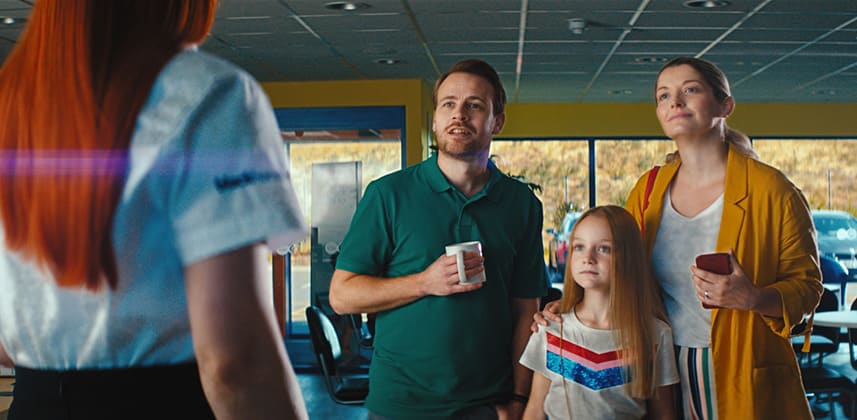| Series |
|---|
Highlight Recovery The Photographic Way
A Client Suggestion That Was Actually Useful!
I was grading a theme park commercial job recently with a client who is a photographer and was gifted with a great reminder of how useful the multiply blending mode is.
It was also a kick to pick up my series based on Blending Modes that I started many moons ago. I got so used to not having them in Resolve when I first began using it that I stopped using them in my daily grades.
I promise to keep on experimenting with them and continue the series on other great useful blending mode tricks.
The content was based on kids exploring the theme park at night that was light by giant dinosaur lanterns and not much else.
As the kids were mainly lit by these lanterns it was quite a difficult grade as we wanted good skin tones and also to preserve as much detail as possible.
The main issue was that the lanterns started to bleach out and lose their glossy child-friendly feel when I added gain to the image.
I was about to use my typical technique of using luma keys and various controls light highlight, gain and even contrast and pivot when my client had a genius suggestion.
He suggested using a multiply blending mode to recover the highlights.
It turned out great and that’s what I’d like to share with you in my video insight below!
Member Content
Sorry... the rest of this content is for members only. You'll need to login or Join Now to continue (we hope you do!).
Need more information about our memberships? Click to learn more.
Membership optionsMember Login


